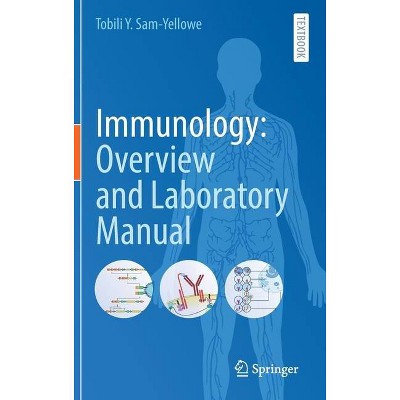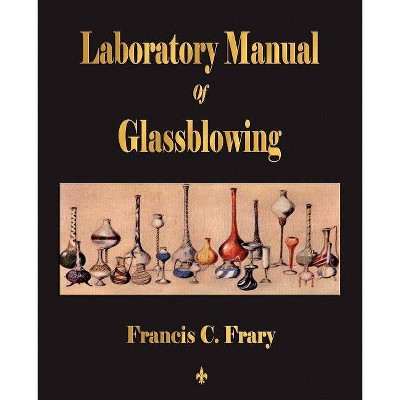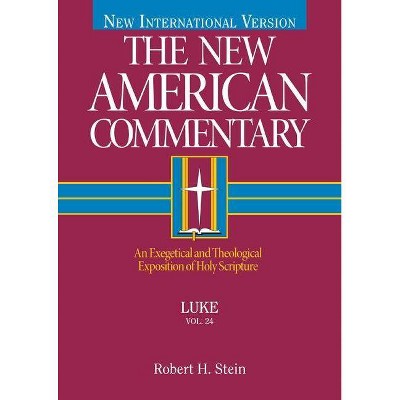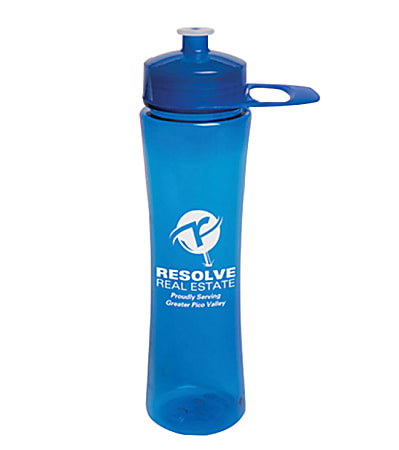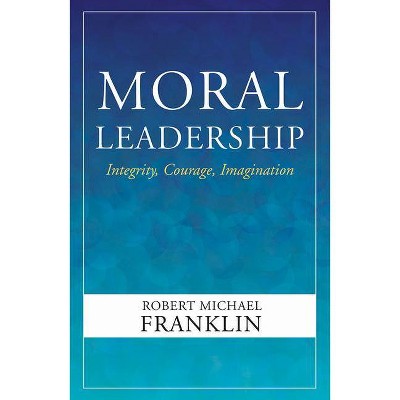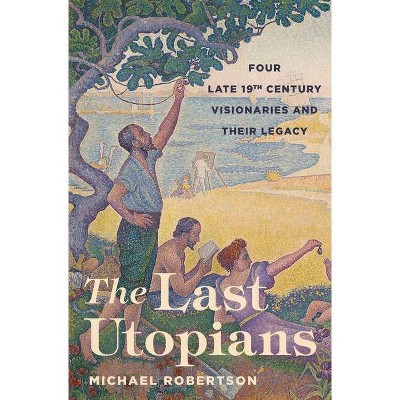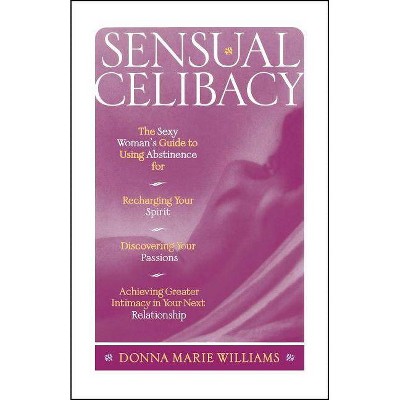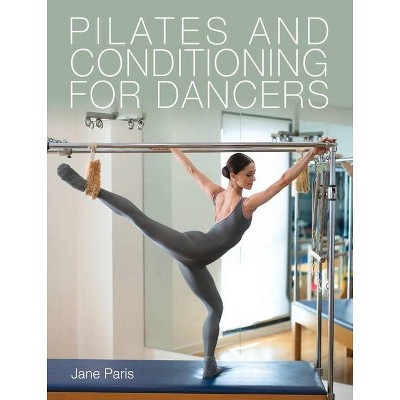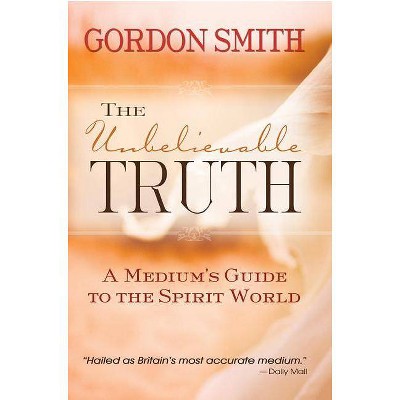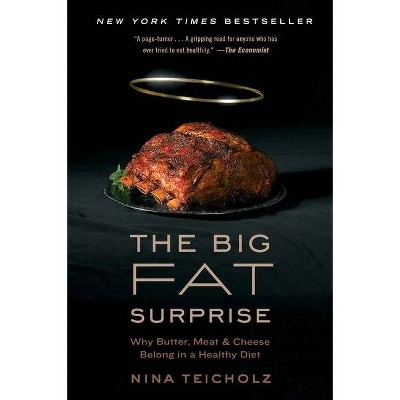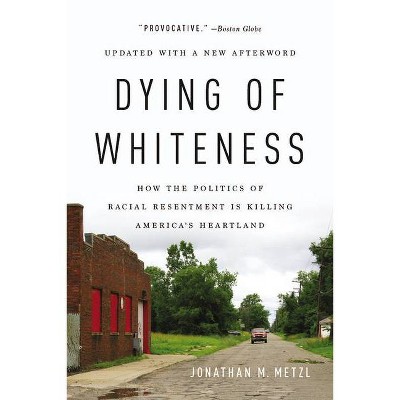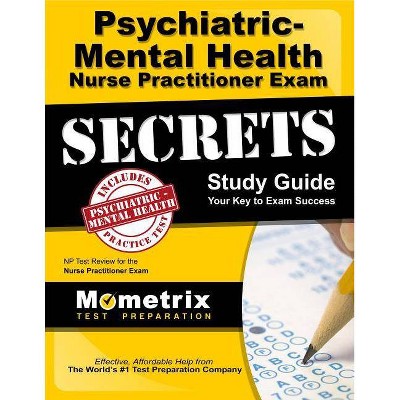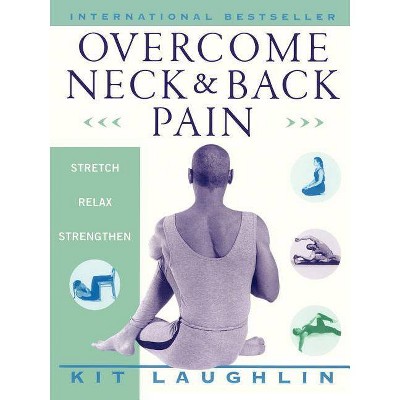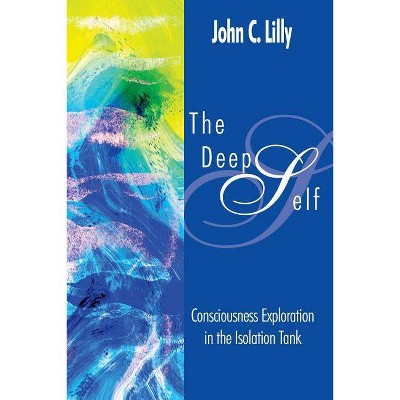Perceived Exertion Laboratory Manual - by Luke Haile & Michael Gallagher Jr & Robert J Robertson (Hardcover)
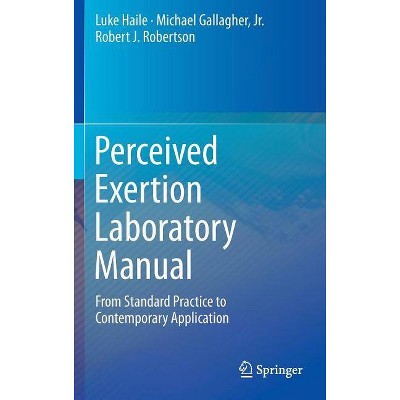
Similar Products
Products of same category from the store
AllProduct info
<p/><br></br><p><b> Book Synopsis </b></p></br></br> This manual provides laboratory-based learning experiences in perceptually and psychosocially linked exercise assessment, prescription, and programming. The primary pedagogic outcome is the ability to use applied theory and practice in perceptual and psychosocial exercise assessment and program design to promote the adoption and maintenance of a physically active lifestyle, enhancing overall health fitness. Perceptual and psychosocial variables are presented in individual, stand-alone laboratory modules that can supplement existing curricula such as exercise and sport psychology, exercise physiology, exercise testing and prescription, and exercise training and conditioning. In addition, the complete modular set has a conceptual flow that allows its presentation as an entire, laboratory-based course. The laboratory modules are divided into three primary units: assessment (theoretical constructs, scales and procedures, tests), prescription (self-regulation, performance), and program evaluation. The manual uses a unique format in which case studies are embedded in the conceptual flow of each lab module facilitating translation of laboratory results to real-world application. The manual concludes with a discussion of perceptually and psychosocially linked exercise prescription and programming applications in public health, such as program monitoring and adherence.<p/><br></br><p><b> From the Back Cover </b></p></br></br><p>This unique laboratory manual describes an empirical framework for tailoring individualized exercise programs to client attitudes and perceptions. It presents laboratory experiments that analyze perceptual and psychosocial variables that influence participation in physical activities, describes methods for assessing these factors in clients, offers guidelines for exercise prescription and program evaluation, and features practical applications of current research. The focus on perceived exertion, the physiological responses and psychosocial feelings that occur during exercise, encourages innovative thinking about client self-efficacy, muscular pain, emotions and mood states, and other factors that influence physical activity behavior. These laboratory experiments explore a combination of scientific findings and psychological insights that will inspire practitioners to create effective strategies for increasing physical activity in clients at various stages of illness and health.</p><p>Included in the coverage: </p><ul><li>Perceived exertion scaling and validation.</li><li>The estimation-production paradigm for exercise intensity self-regulation.</li><li>Self-selected versus imposed exercise intensities.</li><li>Exercise-induced muscle pain in relation to physical activity.</li><li>The affective response to exercise.</li><li>Application of perceptual models to the measurement of pain and affective responses to exercise.</li></ul><p>The <i>Perceived Exertion Laboratory Manual</i> is a proactive learning resource for health psychologists, exercise physiologists, and health-fitness professionals seeking to further the health education of clients, and can also be used in the professional development of students and in-service practitioners. </p><p> </p><p/><br></br><p><b> Review Quotes </b></p></br></br><br><p>From the book reviews: </p><p>"This book focuses on both the classroom and real-world application of exercise prescription, assessment, and testing of all individuals. ... The audience includes undergraduate and/or graduate students, exercise physiologists, and health behavior specialists. ... Its organization and clarity also enables readers to easily transition the information from classroom to real-world setting where it can have the most impact. This is a book that most undergraduates in an exercise-related health field should have in their library." (Erik H. Van Iterson, Doody's Book Reviews, April, 2015)</p><br><p/><br></br><p><b> About the Author </b></p></br></br>Dr. Luke Haile is Assistant Professor of Health Sciences at Lock Haven University of Pennsylvania. He received his Ph.D. in Exercise Physiology from the University of Pittsburgh. He received his B.S. in Exercise Science and his M.S. in Applied Exercise Physiology from Bloomsburg University of Pennsylvania. Dr. Michael Gallagher, Jr., received his Ph.D. in Exercise Physiology from the University of Pittsburgh. He earned his B.S. in Bioengineering with a concentration in Biomechanics from the Swanson School of Engineering and his M.S. in Exercise Physiology. Dr. Robert J. Robertson is Professor Emeritus of Exercise Physiology in the Department of Health and Physical Activity and the Center for Exercise and Health-Fitness Research at the University of Pittsburgh.
Price History
Price Archive shows prices from various stores, lets you see history and find the cheapest. There is no actual sale on the website. For all support, inquiry and suggestion messagescommunication@pricearchive.us
